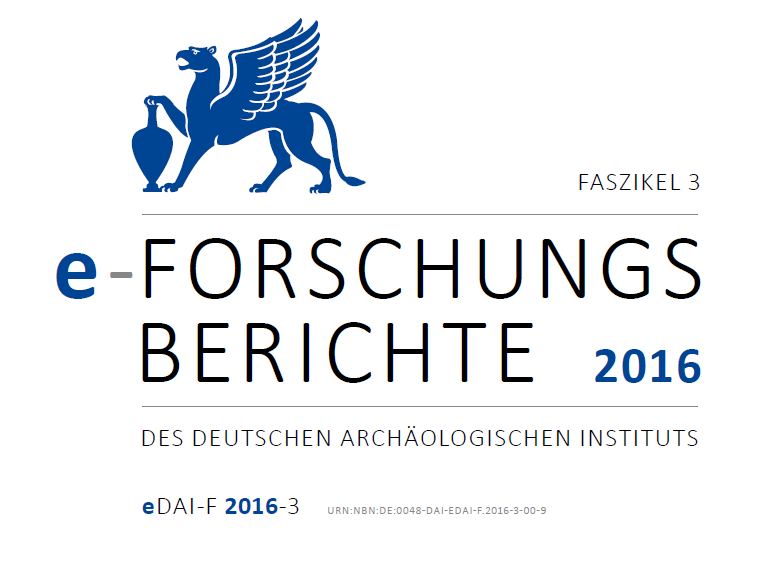Tappeh Rivi, Iran: Die iranisch-deutschen Arbeiten des Jahres 2016
https://doi.org/10.34780/25qz-89ok
Resumo
Tappeh Rivi is located in the Samangan plain (10 km south of the Atrak valley) in the Iranian province North-Khorasan. The ancient site consists of at least four settlement mounds A, B, C and D and covers more than 110 ha. The central area is intensively damaged by soil-gathering activities of tile factories since the later 1970s. According to satellite data several ancient settlement hills and features like rectangular structures and hollow ways vanished during the last 40 years. Analyses of topographical data and satellite images give significant perspectives for future archaeological work, but also reflect the contrasting evidence of destruction by modern activities. Five major occupation periods can be described, dating from Early Iron Age to the Early Islamic period. A first 14C data series dates the occupation of mound A in the southern area into the time around 500 BC, while the data from mound B further north point to the first centuries AD. This matches the survey observations which show differing horizontal material complexes (Iron Age/Achaemenid occupation in the Southern area versus Parthian/Early Sasanian occupation in the North).Downloads
Publicado
2023-05-26
Edição
Secção
Artikel
##plugins.pubIds.zenon.displayFrontendLabel##
Como Citar
Thomalsky, J. (2023) «Tappeh Rivi, Iran: Die iranisch-deutschen Arbeiten des Jahres 2016», e-Forschungsberichte des DAI, pp. 62–68. doi:10.34780/25qz-89ok.





